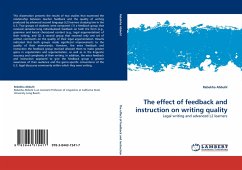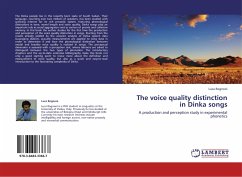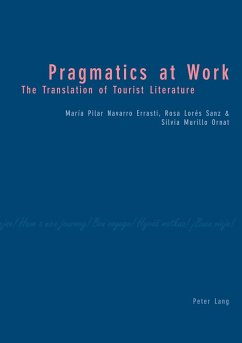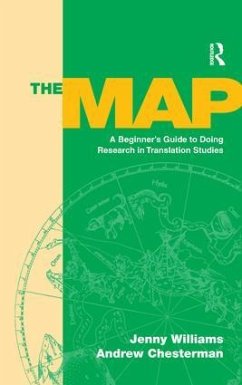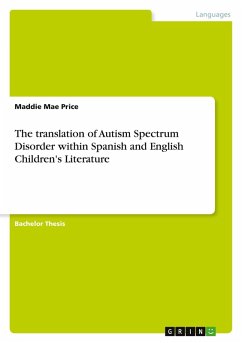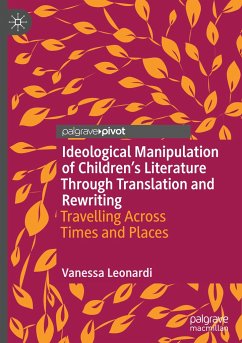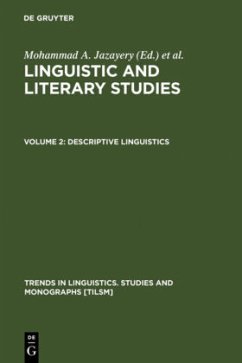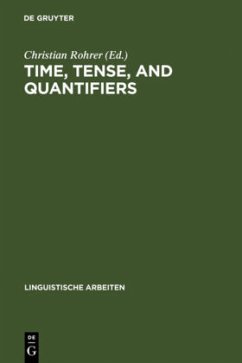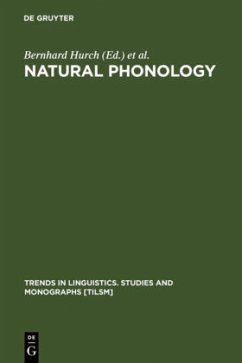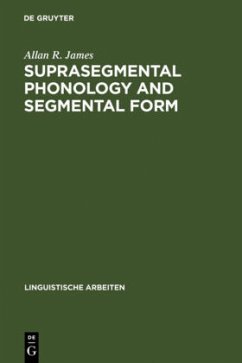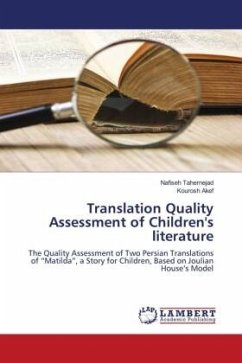
Translation Quality Assessment of Children's literature
The Quality Assessment of Two Persian Translations of "Matilda", a Story for Children, Based on Joulian House's Model
Versandkostenfrei!
Versandfertig in 6-10 Tagen
32,99 €
inkl. MwSt.

PAYBACK Punkte
16 °P sammeln!
Shavit (1986) maintains that literature translation for children can follow two principles for two purposes. One is "an adjustment of the text to make it appropriate and useful to the child in accordance with what society regards (at a certain point in time) as educationally 'good for the child'" (Shavit 1986, p. 113). The other is "an adjustment of plot, characterization, and language to society's perceptions of the child's ability to read and comprehend" (ibid.). These two principles denote the importance of high readability, easy comprehensibility and didactic usefulness for child readers. ...
Shavit (1986) maintains that literature translation for children can follow two principles for two purposes. One is "an adjustment of the text to make it appropriate and useful to the child in accordance with what society regards (at a certain point in time) as educationally 'good for the child'" (Shavit 1986, p. 113). The other is "an adjustment of plot, characterization, and language to society's perceptions of the child's ability to read and comprehend" (ibid.). These two principles denote the importance of high readability, easy comprehensibility and didactic usefulness for child readers. Hence, one of the most crucial problems in the translation, in general, and in children's books translation, in specific, is evaluation or assessment.



